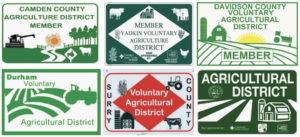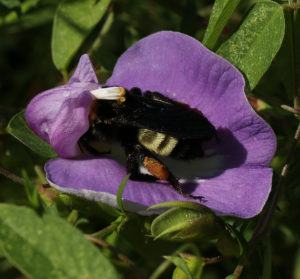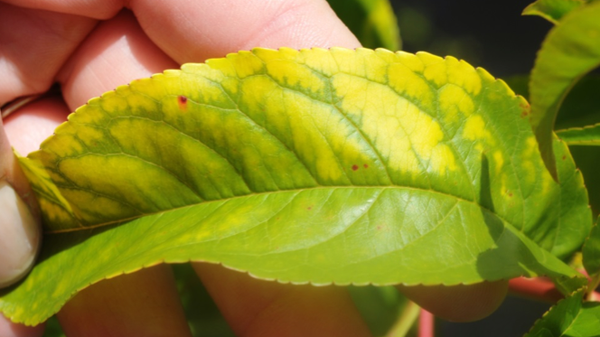
Voluntary Agricultural Districts: Discussing Proximity Notice at NC GIS Conference
The 2019 North Carolina Geographic Information Systems (GIS) Conference in Winston-Salem, NC this past week featured a presentation from …



El inglés es el idioma de control de esta página. En la medida en que haya algún conflicto entre la traducción al inglés y la traducción, el inglés prevalece.
Al hacer clic en el enlace de traducción se activa un servicio de traducción gratuito para convertir la página al español. Al igual que con cualquier traducción por Internet, la conversión no es sensible al contexto y puede que no traduzca el texto en su significado original. NC State Extension no garantiza la exactitud del texto traducido. Por favor, tenga en cuenta que algunas aplicaciones y/o servicios pueden no funcionar como se espera cuando se traducen.
Inglês é o idioma de controle desta página. Na medida que haja algum conflito entre o texto original em Inglês e a tradução, o Inglês prevalece.
Ao clicar no link de tradução, um serviço gratuito de tradução será ativado para converter a página para o Português. Como em qualquer tradução pela internet, a conversão não é sensivel ao contexto e pode não ocorrer a tradução para o significado orginal. O serviço de Extensão da Carolina do Norte (NC State Extension) não garante a exatidão do texto traduzido. Por favor, observe que algumas funções ou serviços podem não funcionar como esperado após a tradução.
English is the controlling language of this page. To the extent there is any conflict between the English text and the translation, English controls.
Clicking on the translation link activates a free translation service to convert the page to Spanish. As with any Internet translation, the conversion is not context-sensitive and may not translate the text to its original meaning. NC State Extension does not guarantee the accuracy of the translated text. Please note that some applications and/or services may not function as expected when translated.
Collapse ▲
The 2019 North Carolina Geographic Information Systems (GIS) Conference in Winston-Salem, NC this past week featured a presentation from …

NC State Extension Horticultural Science Vegetable specialist, Jonathan Schultheis, and Research Associate Keith Starke conduct annual variety trials on Melon, …

A group of North Carolina high school students attended Turfgrass Academy April 5-6 to explore NC State University’s turfgrass …

Postharvest storage and shipping environments are often conducive to plant stress and disease development. Plants are often in dark …

Download our editable farm lease agreement by clicking this “Farm Lease Agreement Template” . If you need any help …
A wet fall 2018 not only delayed, and in some cases completely prevented, timely fall-plantings of cool-season annual and …

Photos by Debbie Roos, N.C. Cooperative Extension of Chatham County In late 2008, I planted a demonstration pollinator garden at Chatham …

Botrytis is one of the most common plant pests affecting greenhouses, nurseries, landscapes and food operations. The fungal pathogen causes …

Photos by Debbie Roos, N.C. Cooperative Extension of Chatham County In late 2008, I planted a demonstration pollinator garden at Chatham …

Dear Strawberry Community, This year was certainly an exceptional sad year for strawberry growers all over the Southeast. It all …
This publication, chapter 7 of the North Carolina Soybean Production Guide, discusses disease management in …

This factsheet describes the symptoms of a photosystem II (PS II) inhibitor herbicide injury.

Southern bacterial wilt of tomatoes is addressed in this factsheet.

Similar to zoysiagrass mites, bermudagrass (Eriophyes cynodoniensis) mites are tiny, worm-like arachnids present in the …

This vegetable pathology factsheet describes the identification and treatment of anthracnose of pepper.

Establishing and maintaining quality annual color beds requires a plan to prevent and control weeds. …

This publication describes the invasive Callery pear species, its offspring, and how it can harm …
This factsheet describes the biology of the cane lace bug or bamboo lace bug, Leptodictya …